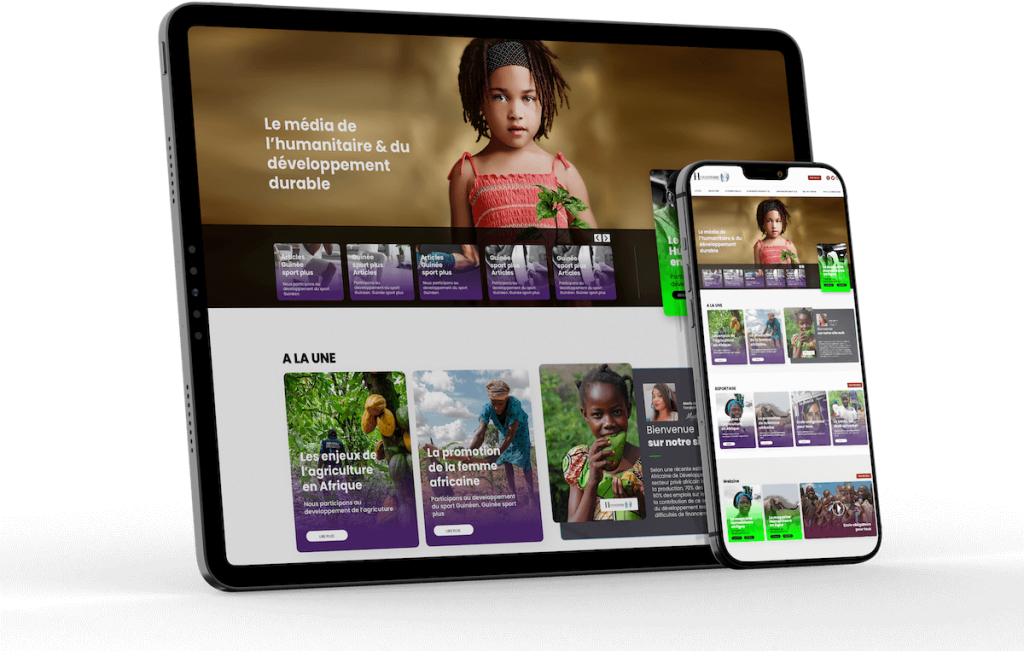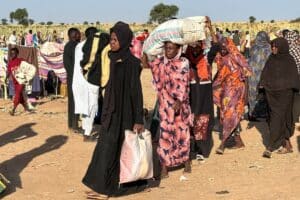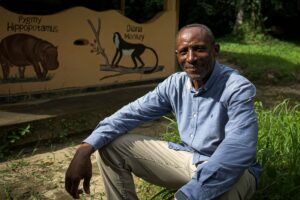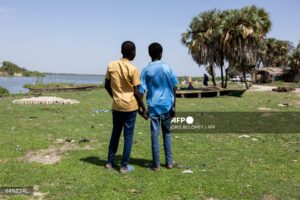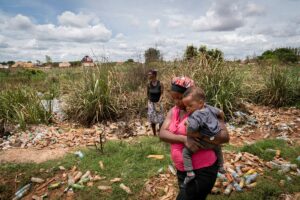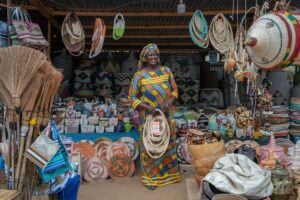November 20, 2024
Baku, Azerbaijan
COP29 in Baku is focusing on the thousand billion dollars to be negotiated to help developing countries reduce their dependence on fossil fuels and adapt to climate disasters.
The bitter negotiations at the UN climate conference must answer this question on November 22: how much will the West and Japan pledge to put into the pot, over and above their previous commitment of $100 billion a year for 2020-2025?
– What do developing countries need?
Climate finance needs for developing countries (excluding China) have been estimated at $2.4 trillion per year by 2030 by UN-commissioned experts, broken down as follows:
– around two-thirds for energy transition (solar power, etc.);
– the remainder for adaptation to climate change, disaster recovery and nature conservation.
Of this total amount, the majority must come from within the countries concerned, but 1,000 billion per year will be expected from “external finance”: i.e. the combination of public aid from wealthy countries, foreign private investment or global taxes, according to the updated experts’ report presented in Baku on Thursday.
Of this “trillion” dollars, how much will be borne by the rich countries – a question on everyone’s lips in the corridors of COP29? “Between 300 and 400 billion,” says economist Amar Bhattacharya, co-author of the report with Nicholas Stern.
That’s at least a tripling of the previous commitment of 100 billion.
But a number of contributors, such as France and Germany, are citing budgetary difficulties, and the United States could leave the UN Climate Program.
By 2035, a deadline also considered in the negotiations, the external financing needs of developing countries would rise to 1,300 billion dollars a year, according to the same report.
– How much do developed countries give today ?

In 2022, the latest figure provided by the OECD, rich countries provided $116 billion in climate aid, fulfilling their promise two years late.
Of this total, several research institutes have attempted to estimate which developed countries are doing their “fair share”, by relating their current aid to their historical greenhouse gas emissions, wealth and population.
Norway would then be the best pupil, according to the ODI Institute’s ranking for 2022, followed by France and its approximately $11 billion in climate finance, i.e. twice its “fair share”. However, this is before the budget cuts announced for 2025.
Germany ranks 4th, with 14 billion. The United States (14 billion, a third of its “fair share”) and Greece close the gap.
Doing better also relies on the multilateral development banks: the main banks announced on Tuesday that they expect to be able to double their climate financing between 2022 and 2030, to reach 120 billion dollars per year.
– How much will China and the Gulf States contribute?
Developed countries believe that their group, formally established in 1992 in the UN Climate Convention, deserves to be enlarged three decades later to include China and other rich emerging countries. Or, failing that, for the latter to commit to contributing with the same transparency.
“Since 2016, China has provided and mobilized 177 billion yuan (around $24.5 billion) to invest in climate action in other developing countries,” Vice Premier Ding Xuexiang replied to them on Tuesday, before the heads of state gathered in Baku
A signal of goodwill sent by Beijing to rich-country negotiators, said one of them on condition of anonymity.
But 97% of this Chinese aid takes the form of loans, according to a report by the Washington-based Center for Global Development (CGD).
As for the Gulf states, they are keeping a low profile. The United Arab Emirates have promised to invest $30 billion in a fund of their own, away from the multilateral management promoted by UN Climate.
Humaniterre with AFP
